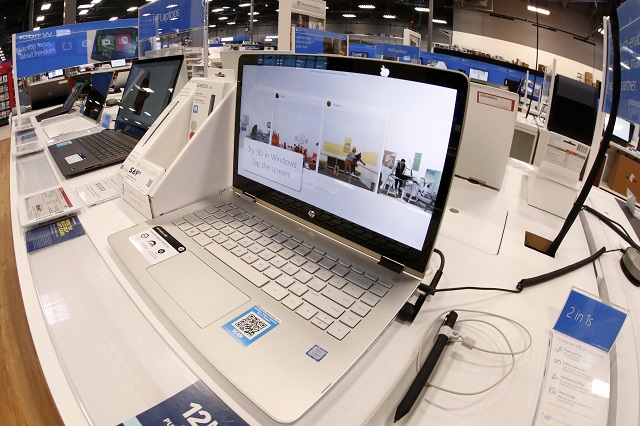
Credit: AP Photo / Gene J. Puskar
If you’re reading this, you almost certainly have access to the internet, which means you can check email anytime, do online banking, or investigate whether your kid’s rash is worthy of a trip to the doctor. But, across the country, about one in five people don’t have access to those tools.
According to Angela Siefer, the executive director of the National Digital Inclusion Alliance, there are three main reasons why people don’t have internet connections: it’s unaffordable, it’s physically unavailable, or the household lacks digital literacy. Siefer talks about efforts to bridge this gap, and get everyone across the country connected.
Three Takeaways:
- About 60 million people don’t have access to the internet in the United States. That number increases if you count the number of people who don’t have consistent access to high-speed internet. But there is some disagreement as to what speeds should be considered “fast enough.”
- Why haven’t we fixed this problem? Seifer says it’s because we’re going after it in a “piecemeal” way. Some politicians are looking primarily at internet access in schools and libraries. Others are focusing on certain areas of the country. But, so far, there’s been no national plan.
- It’s common to hear that rural areas don’t have access to the internet, but urban areas can struggle, too. Some states, like Ohio, made franchise agreements with cable companies. This allowed the companies to neglect places where they wouldn’t make as much of a profit, and the lack of competition in some poorer areas has made internet either very slow or unaffordable.
More Reading:
- Not sure how fast your internet at home is? Run a speed test to find out. Then, see how you compare.
- In the summer of 2017, Recode designed a few charts showing how different countries across the world compare in terms of urban and rural people without internet access.
- While the FCC repealed net neutrality, and neither the Congress nor the Senate has passed a bill to replace it, states have begun to take matters into their own hands.

